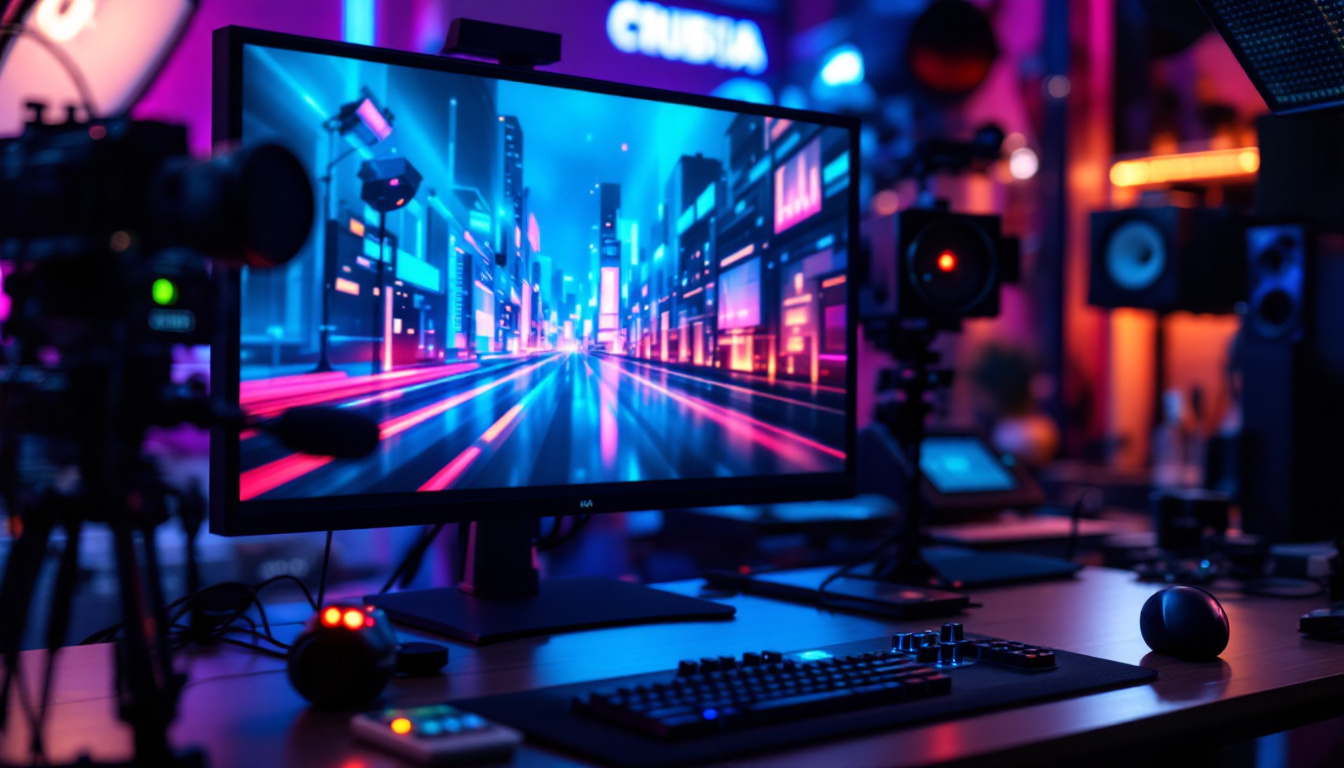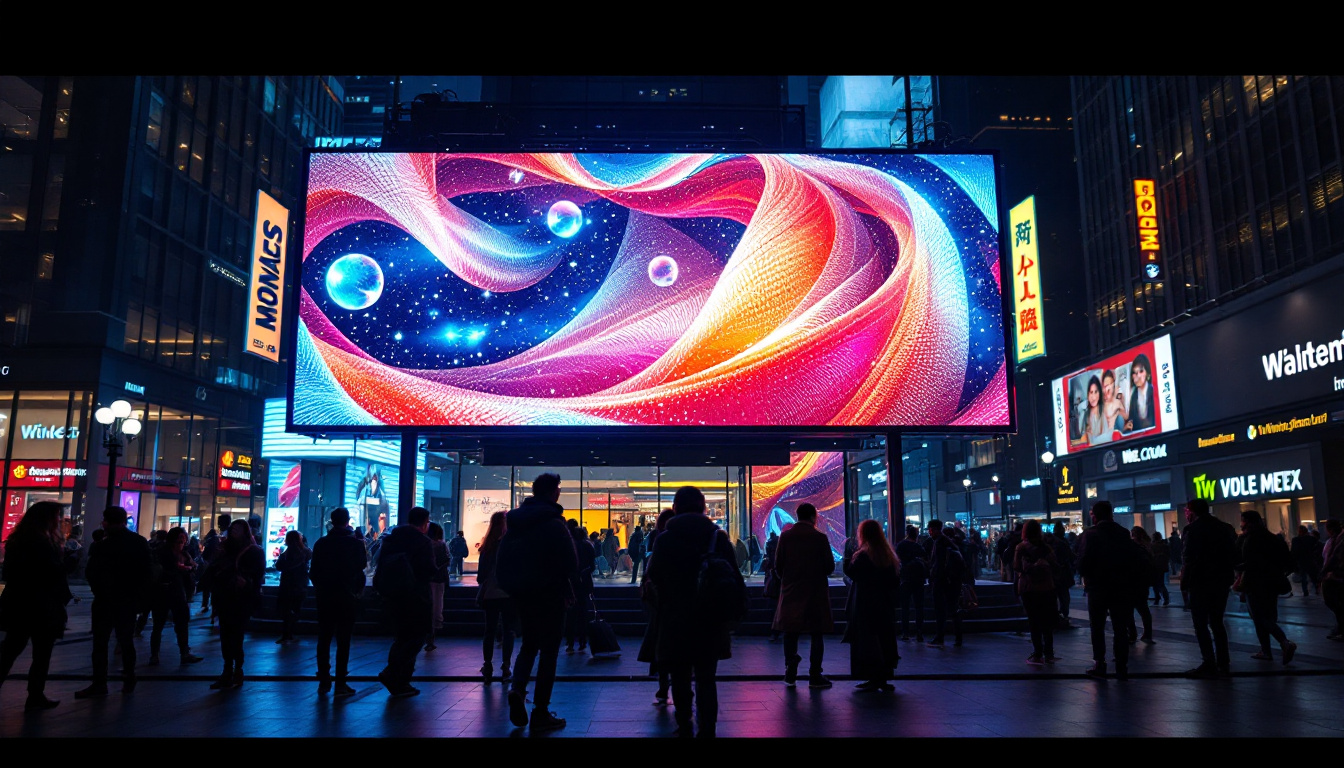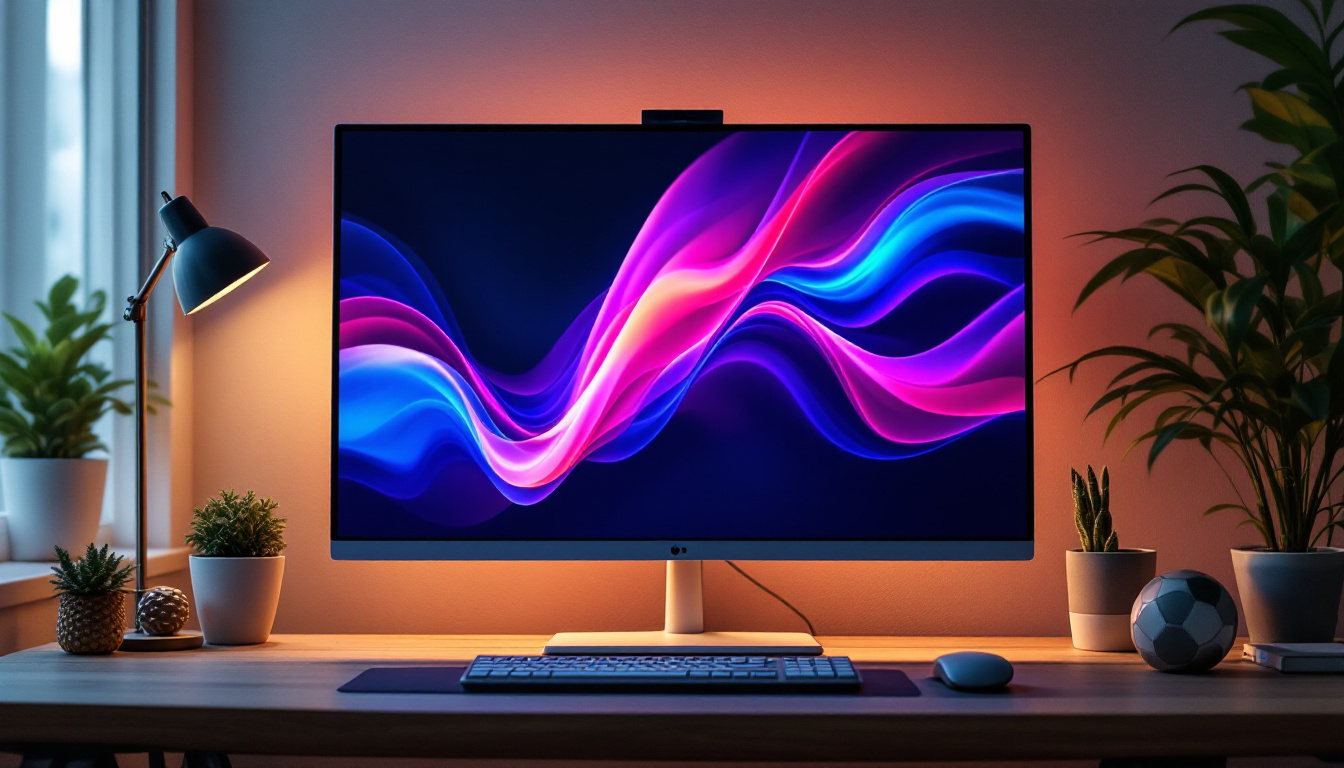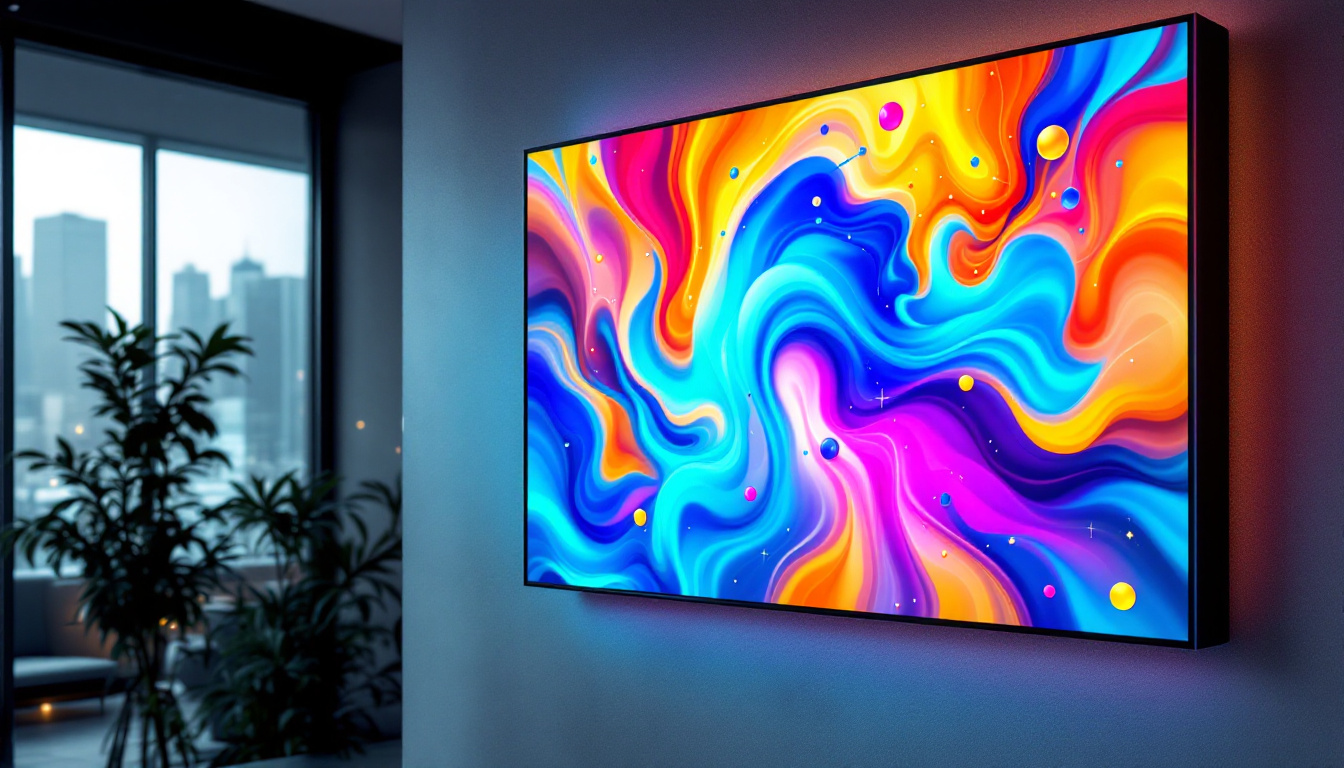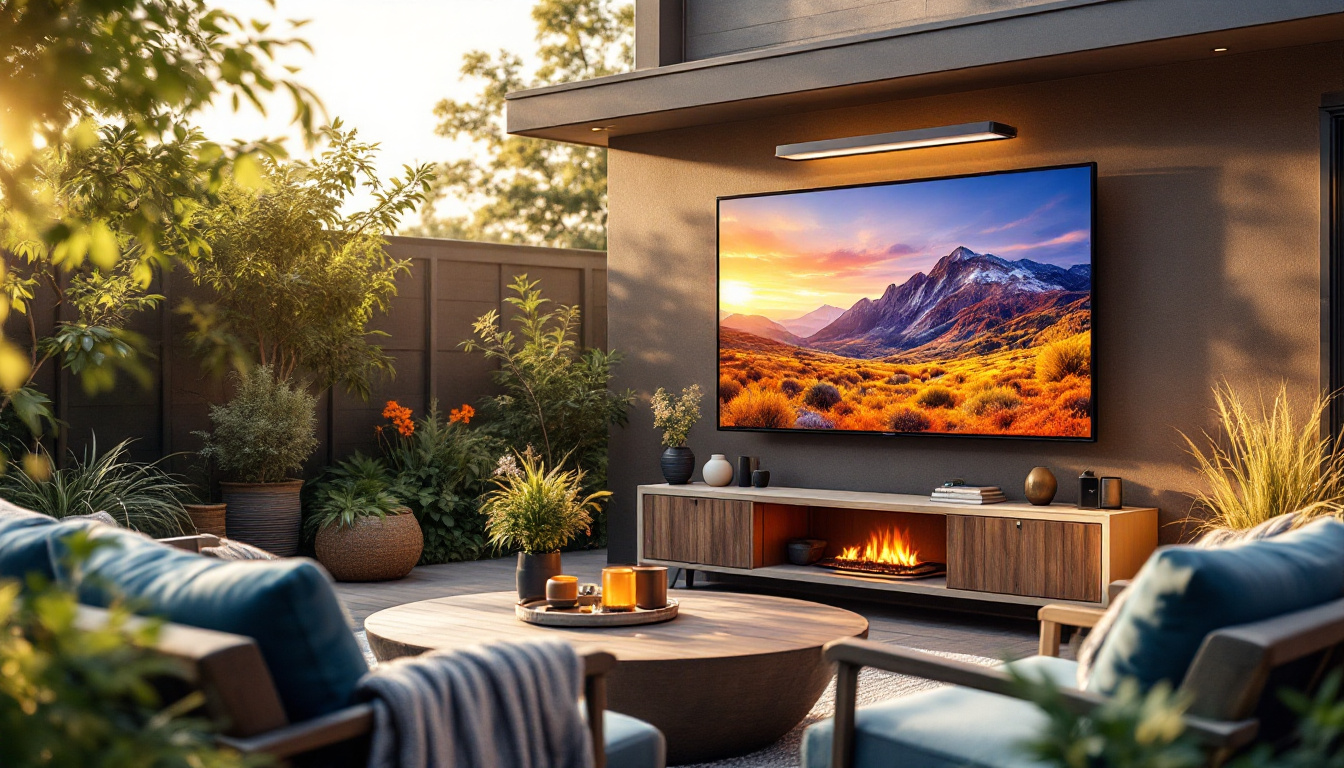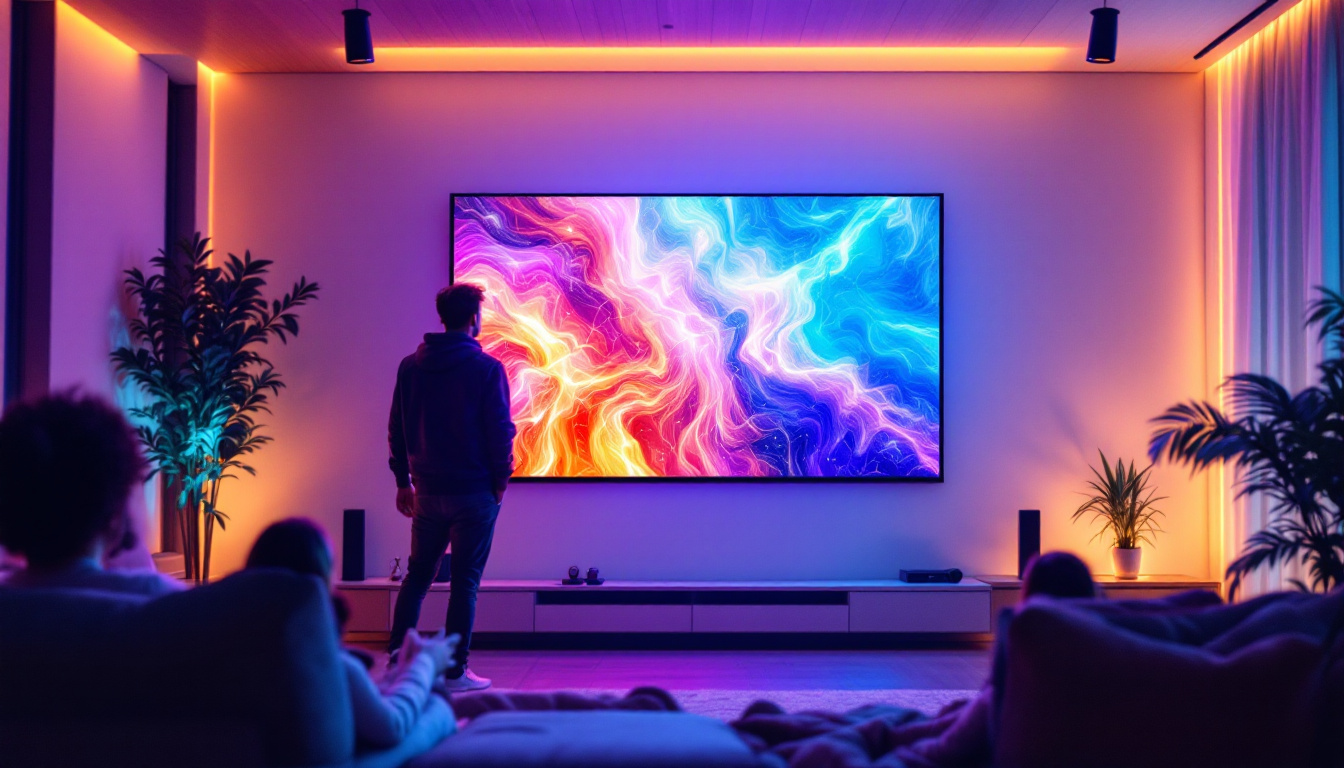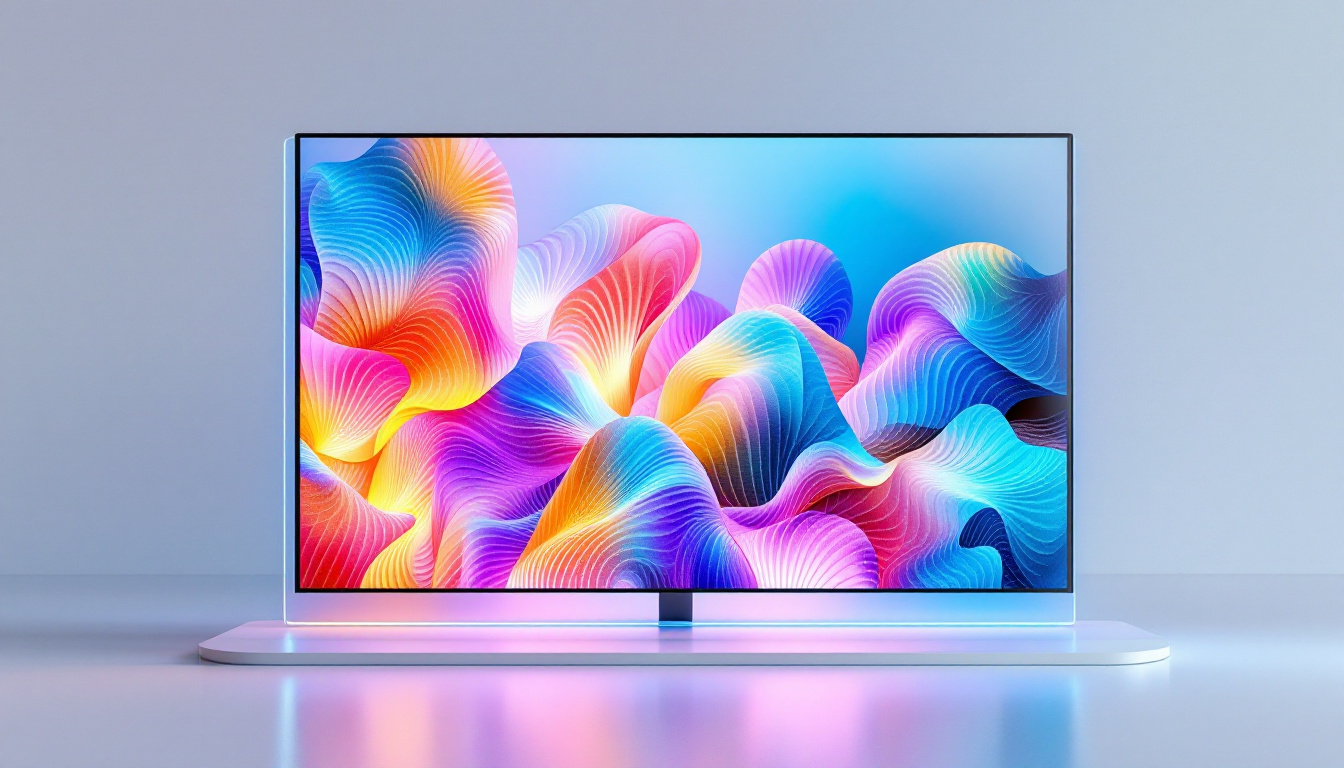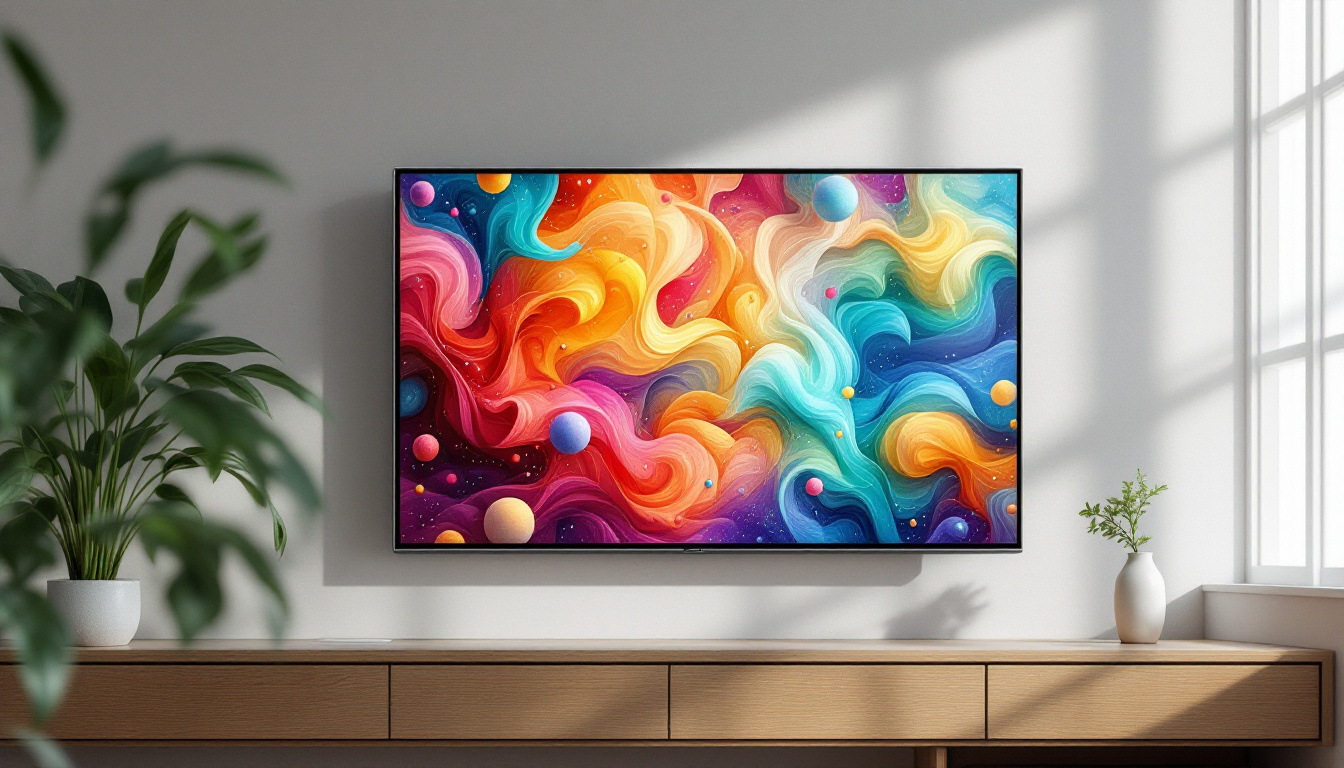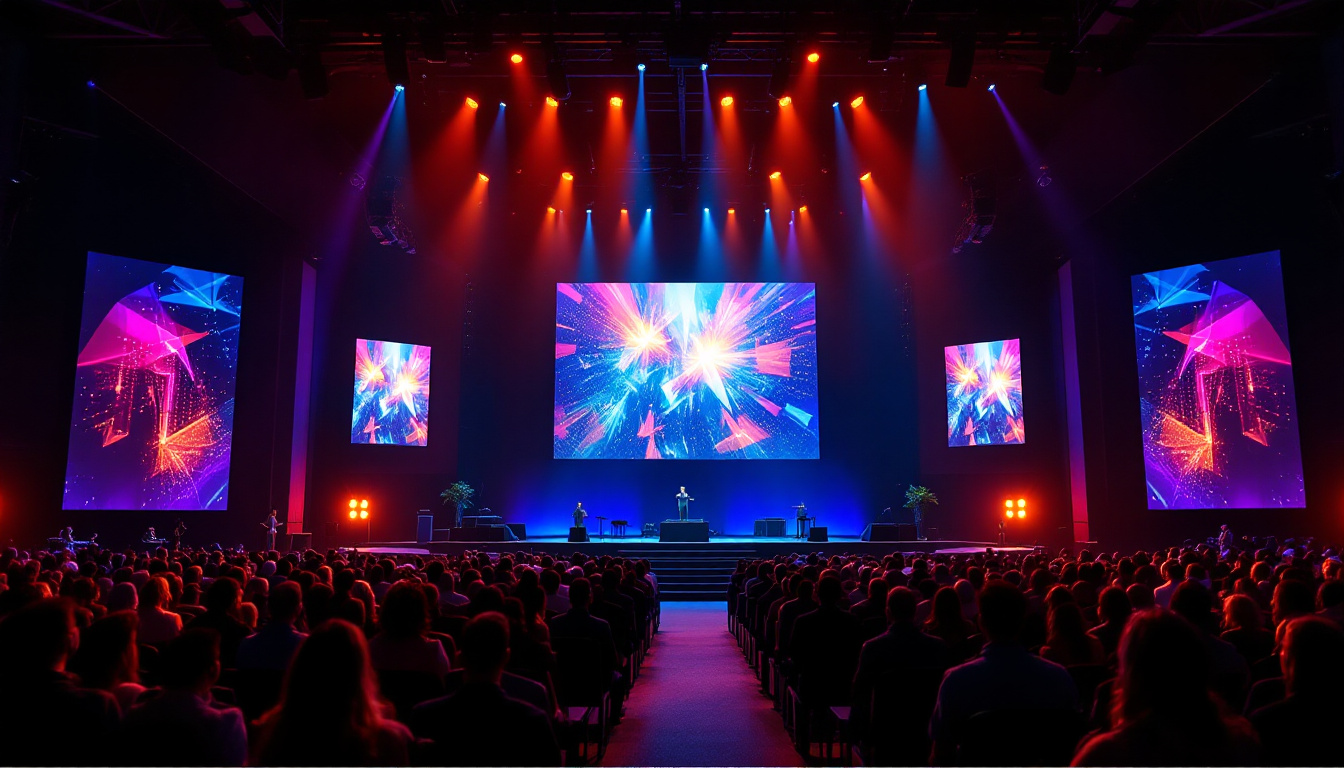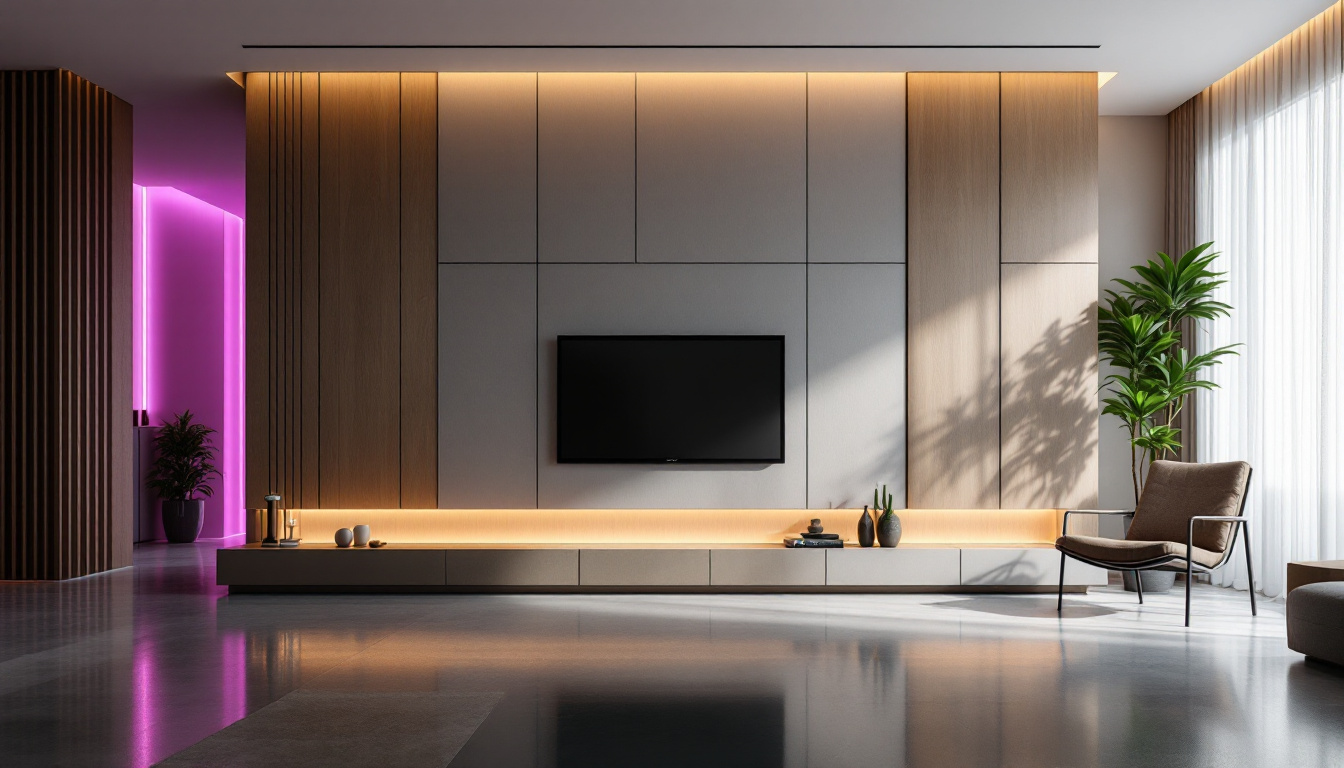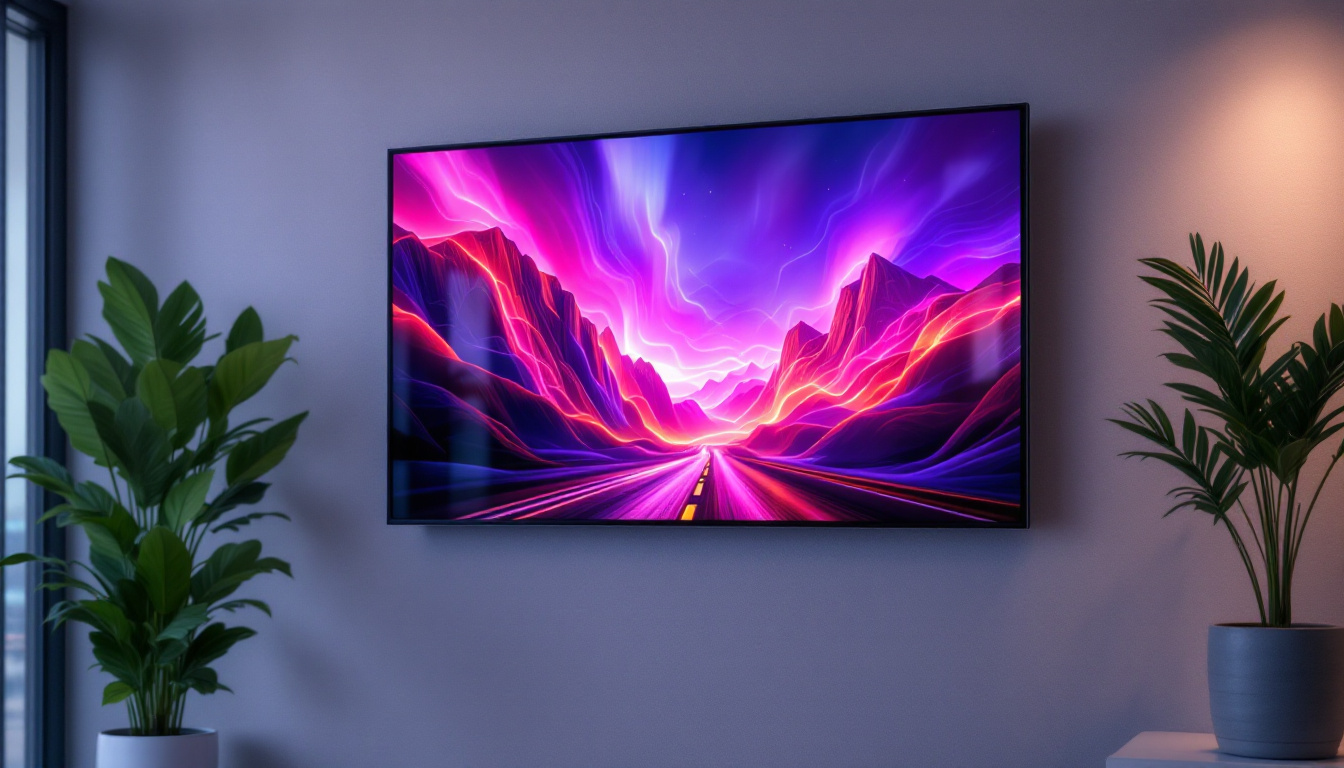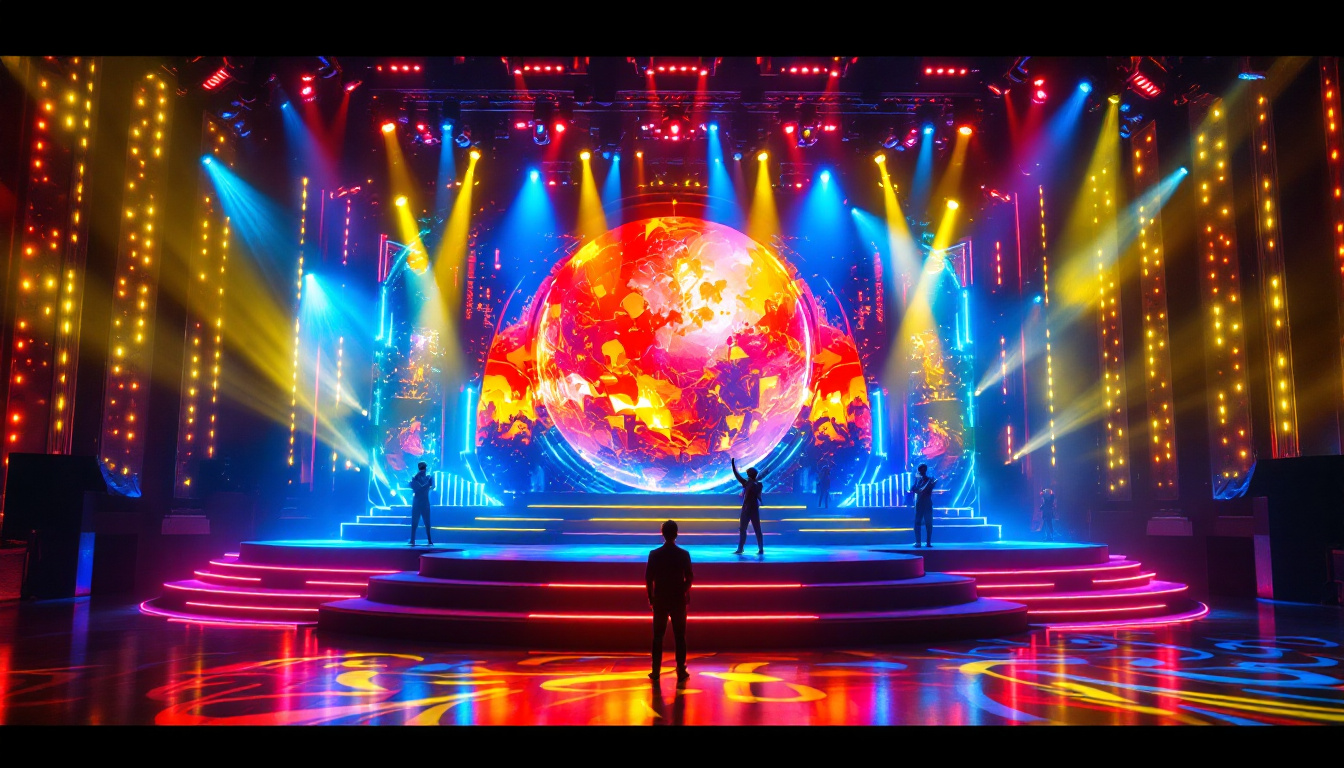In the world of video production and broadcasting, the importance of accurate monitoring cannot be overstated. Broadcast monitors serve as critical tools for professionals, providing a reliable means to evaluate video quality, color accuracy, and overall visual fidelity. Among the various types of broadcast monitors available, LED displays have gained significant traction due to their superior performance and versatility. This article delves into the intricacies of LED broadcast monitors, exploring their features, advantages, and how they compare to other display technologies.
Understanding Broadcast Monitors
Broadcast monitors are specialized displays designed for video production environments. Unlike standard consumer televisions, these monitors are engineered to meet the rigorous demands of professional settings, ensuring that every detail is captured and displayed accurately. They play a crucial role in various applications, from live broadcasting to post-production editing.
Key Features of Broadcast Monitors
Broadcast monitors come equipped with a range of features tailored for professionals. One of the most critical aspects is color accuracy. High-quality broadcast monitors often support wide color gamuts and precise calibration options, allowing users to see true-to-life colors. This is essential for tasks such as color grading and ensuring consistency across different viewing platforms.
Another important feature is the ability to handle various video formats and resolutions. Many broadcast monitors support 4K and HDR content, which is becoming increasingly relevant in today’s media landscape. This capability ensures that professionals can work with the latest technology without compromising on quality.
Additionally, broadcast monitors often include advanced connectivity options, such as SDI, HDMI, and even IP streaming capabilities, enabling seamless integration into complex production workflows. This flexibility allows for real-time monitoring and adjustments during live events, which can be critical for achieving the desired visual output. Furthermore, many models come with built-in scopes and waveform monitors, providing invaluable tools for assessing signal quality and ensuring that the broadcast meets industry standards.
Types of Broadcast Monitors
There are several types of broadcast monitors, each designed for specific use cases. LED monitors are among the most popular due to their excellent brightness, contrast, and energy efficiency. Other types include OLED and LCD monitors, each with its own set of advantages and disadvantages. Understanding these differences is crucial for professionals looking to invest in the right equipment for their needs.
For instance, OLED monitors are renowned for their superior black levels and contrast ratios, making them ideal for environments where color depth is paramount. However, they can be more susceptible to burn-in, which is a consideration for long-duration use. On the other hand, LCD monitors, particularly those with IPS technology, offer wide viewing angles and consistent color reproduction, making them a versatile choice for various production scenarios. Ultimately, the choice of monitor will depend on the specific requirements of the project, including budget, intended use, and personal preference.
The Rise of LED Technology
Light Emitting Diode (LED) technology has revolutionized the display industry, offering significant improvements over traditional LCD and CRT displays. LED monitors utilize a series of tiny diodes to produce light, resulting in brighter images and more vibrant colors. This technology has made LED monitors a preferred choice for many broadcasting professionals.
Advantages of LED Displays
One of the primary advantages of LED displays is their superior brightness. This feature is particularly beneficial in environments with high ambient light, where traditional monitors may struggle to provide clear visibility. LED monitors can maintain clarity and detail, ensuring that professionals can accurately assess their work.
Additionally, LED displays are known for their energy efficiency. They consume less power compared to their LCD counterparts, making them a more sustainable choice for long-term use. This efficiency not only reduces operational costs but also contributes to a smaller carbon footprint. Furthermore, the longevity of LED technology means that users can expect a longer lifespan from their monitors, reducing the frequency of replacements and the associated waste, which is a significant consideration in today’s environmentally conscious market.
Color Performance and Accuracy
Color performance is a critical factor in video production, and LED monitors excel in this area. Many models offer high dynamic range (HDR) capabilities, allowing for a broader spectrum of colors and improved contrast. This results in more lifelike images, which is vital for tasks such as color grading and visual effects work.
Moreover, LED monitors can achieve higher peak brightness levels, which enhances the viewing experience, especially in HDR content. This capability allows for more detail in both the shadows and highlights of an image, providing a more immersive experience for viewers. The precision in color reproduction is further enhanced by advanced calibration tools available in many professional-grade LED monitors, enabling users to fine-tune their displays to match industry standards. This level of accuracy is essential for professionals who rely on their monitors to deliver consistent and true-to-life visuals, ensuring that the final product meets the highest quality benchmarks.
Choosing the Right LED Broadcast Monitor
When selecting an LED broadcast monitor, several factors should be considered to ensure that it meets the specific needs of the production environment. These factors include screen size, resolution, connectivity options, and additional features.
Screen Size and Resolution
The size of the monitor plays a significant role in its usability. Larger screens can provide a more immersive experience, allowing for better visibility of details. However, the ideal size may vary depending on the workspace and viewing distance. Resolution is equally important; 4K monitors are becoming the standard in many professional settings, providing the clarity needed for high-definition content.
Connectivity Options
Modern broadcast monitors must offer a variety of connectivity options to accommodate different equipment. HDMI, SDI, and DisplayPort are common interfaces that should be supported. This versatility ensures that the monitor can be easily integrated into existing workflows without the need for additional adapters or converters.
Calibration and Color Grading
Calibration is a vital process for ensuring that a broadcast monitor displays colors accurately. Professional monitors often come with built-in calibration tools or support external calibration devices. This capability allows users to maintain consistent color accuracy throughout the production process.
The Importance of Calibration
Calibration is not just a one-time task; it should be performed regularly to account for any changes in the monitor’s performance over time. This is particularly important in environments where multiple monitors are used, as discrepancies can lead to inconsistencies in the final output. A well-calibrated monitor ensures that what is seen during editing matches what will be delivered to the audience.
Color Grading Techniques
Color grading is an essential part of the post-production process, allowing filmmakers to create a specific mood or style. LED monitors with high color accuracy and HDR capabilities provide a reliable platform for color grading. Professionals can make informed decisions about color adjustments, ensuring that the final product aligns with their creative vision.
Comparing LED Monitors to Other Technologies
While LED monitors are widely regarded as the best choice for broadcast applications, it’s essential to compare them with other technologies to understand their unique advantages. OLED and traditional LCD monitors are two common alternatives, each with distinct characteristics.
OLED vs. LED
Organic Light Emitting Diode (OLED) monitors are known for their exceptional color contrast and deep blacks, as each pixel emits its own light. This results in stunning visuals, particularly in dark scenes. However, OLED displays can be more expensive and may suffer from burn-in issues, making them less suitable for certain broadcasting applications.
In contrast, LED monitors offer greater brightness and are less prone to burn-in, making them a more practical choice for long-term use in professional environments. While OLED may provide superior image quality, the reliability and affordability of LED monitors often make them the preferred option for many broadcasters.
LCD Monitors: A Comparison
Traditional LCD monitors utilize a backlight to illuminate the screen, which can lead to issues with color accuracy and contrast. While they can be more affordable, they often lack the performance characteristics that professionals require. LED monitors, on the other hand, provide enhanced brightness and color fidelity, making them a more suitable choice for demanding applications.
Future Trends in Broadcast Monitor Technology
The broadcast industry is continually evolving, and monitor technology is no exception. As content demands grow, so too does the need for advanced display solutions. Emerging trends indicate a shift towards even higher resolutions, improved color accuracy, and enhanced connectivity options.
8K Resolution and Beyond
As 8K content becomes more prevalent, the demand for monitors that can support this resolution is increasing. While 4K monitors are currently the standard, the industry is gradually moving towards 8K displays, which offer four times the resolution of 4K. This advancement will allow for even greater detail and clarity, particularly in large-scale productions.
Integration with Cloud Technology
Another trend is the integration of cloud technology into broadcast workflows. This shift allows for more efficient collaboration and content sharing among teams, regardless of location. Monitors that support cloud-based applications and workflows will become increasingly valuable in a world where remote work is becoming the norm.
Conclusion
In conclusion, LED broadcast monitors represent a significant advancement in display technology, offering professionals the tools they need to produce high-quality content. With their superior brightness, color accuracy, and energy efficiency, LED monitors have become the go-to choice for many in the industry. As technology continues to evolve, staying informed about the latest trends and advancements will be essential for anyone involved in video production and broadcasting.
Whether it’s for live broadcasts, post-production editing, or color grading, the right broadcast monitor can make all the difference. By understanding the features and benefits of LED displays, professionals can make informed decisions that enhance their workflows and ultimately lead to better content creation.
Discover LumenMatrix’s Advanced LED Display Solutions
Ready to elevate your video production and broadcasting quality with top-tier LED display technology? Look no further than LumenMatrix. Our extensive range of innovative LED display solutions, from Indoor and Outdoor LED Wall Displays to specialized options like Vehicle, Sports, and Floor LED Displays, is designed to meet the diverse needs of the industry. Embrace the future of visual communication with our Custom, All-in-One, and Transparent LED Displays that promise to captivate your audience and amplify your message. Check out LumenMatrix LED Display Solutions today and experience the difference that cutting-edge technology can make.

